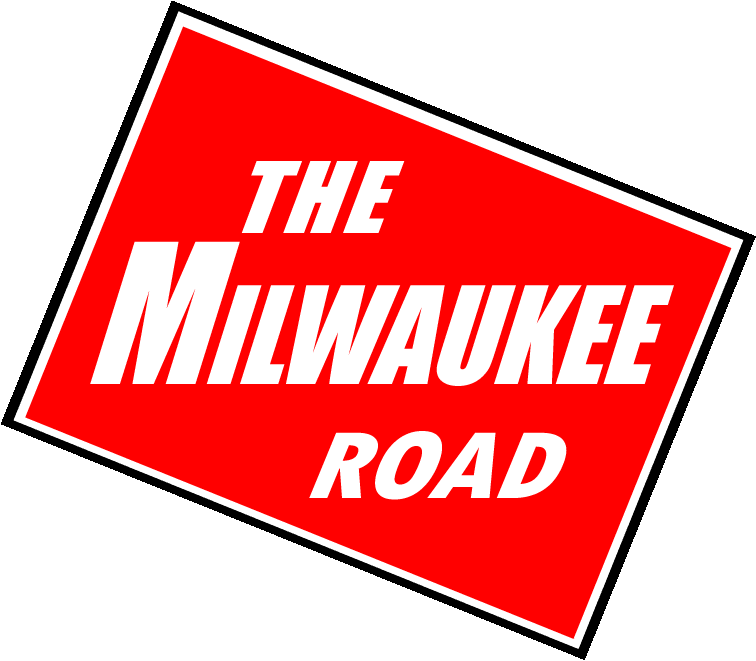

Page edited 12 December 2010 - Kelly Loyd - Photos coming soon.
We have completed some significant upgrades to the layout and CTC system in the past 3 months. The work has kept me busy and proved to be very rewarding.
The first project undertaken was raising the layout approximately 12 inches (254 millimetres) in order to show the scenery and signals to better effect. This was a Saturday afternoon involving a few friends. My thanks go out to John, Gerry, Rowan, Sam and Ken for the fantastic effort. Everyone agreed that the layout looks much better at this height, allowing the operators to better see the signals.
The second project, which was fairly major, was the design and installation of a completely new staging yard where the old Broadway Tower staging was located. The original staging was single-ended, meaning trans could only drive in or back out of it. In the past we would run a Transfer train out of the staging yard, send it to Freight Line Junction to exchange cars with Coburg yard, then continue into the Southwest Junction staging yard, with the tail out.
My plan was to fully emulate the prototype operation of Kansas City inter-railroad transfers as existed in the late 70's. A train would leave our yard bound for the Santa Fe with a string of cars destined for the Santa Fe. The crew would deliver the cars to Argentine Yard and return home with their engine and transfer caboose. The Santa Fe would send over a train to our yard and do the same. Drop off the cars and return to Argentine Yard with their caboose.
The new staging yard is a diamond pattern, at the entrance, a ladder arrangment of turnouts into 7 tracks. Each track is 1.8 meters long (6 feet) with another ladder arrangement of turnouts at the far end, leading into a stub track that can hold an engine and 2 cars. The first track is the arrival track, the next five tracks represent each of 5 foreign railroads, Santa Fe, Burlington Northern, Frisco, Kansas City Southern and the fifth to be determined. Either Missouri Pacific or Cotton Belt, most likely. A transfer train can arrive on the first track, drop their cars into the far end of the appropriate yard, then use the back track (No. 7) to run around their caboose and pick it up ready for return to Coburg Yard.
Inbound foreign transfers start their work at their yard and make up their train based on the number of cars delivered. These cars are taken from the front of the yard. The cycle is -> Coburg -> end of foreign railroad yard -> front of yard -> Coburg -> Industry -> Coburg -> Repeat. By putting the cars on the end and taking from the front, the cars automatically cycle through.
The third project was the upgrade of the CTC system into fully operational CTC panel and system. During my trip to the 75th NMRA Convention in Milwaukee Wisconsin this year, I was able to attend one of Bruce Chubb's sessions on CTC and his C/MRI system, which is the product that I use. He had published the long-awaited Applications books 1 & 2. I purchased Volume 2, which focuses on all the different types of signalling. After reading the book, I thought it would be fun to convert my CTC panel into a fully working CTC system. So I began the task of writing the new software. I had to write back to Bruce because the chapter I was working from was not fully complete. He was kind enough to share a soft copy of chapter 25 and the sample source code. Using his example, I reworked it to suit my hardware configuration. Writing the new control system took about 6 weeks of part time work. At this time, we have full CTC with all the bells and whistles. There are still one or two minor 'bugs' to iron out, but it is basically working as planned. Photos and hopefully a video to come, stay tuned.